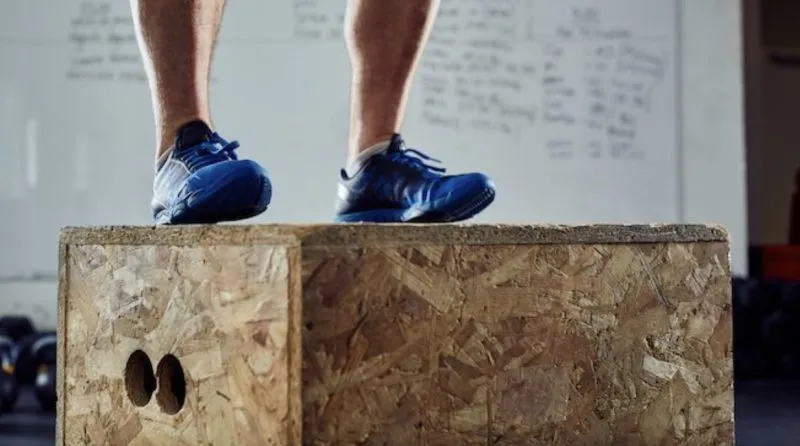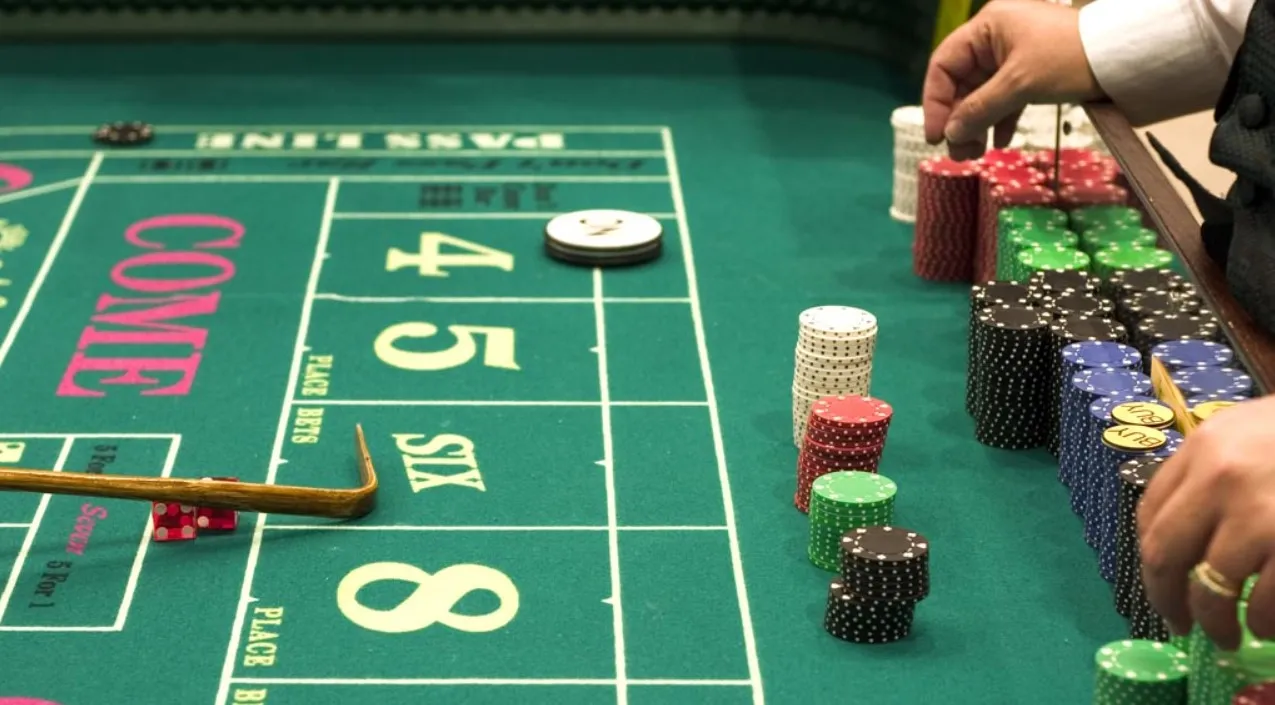Top 10 Plyometric Exercises for Athletes
Plyometric training remains a powerful method for athletes to build explosive power in 2024. When done correctly, performing plyometric exercises one to three times a week can significantly enhance your vertical jump, speed, and overall strength. The benefits gained from these dynamic movements directly translate to improved on-field performance.
However, to fully harness these benefits, it’s crucial for athletes to understand what plyometrics truly are—and what they aren’t. Too many people are making mistakes with their plyometric routines, which increases the risk of injury.
Here are some key things plyometrics are not:
- Plyometrics aren’t cardio.
- They shouldn’t be performed in a fast-paced circuit.
- They’re not Burpees.
- And they’re definitely not exercises to perform until you’re exhausted, just because a workout video says so (we’re looking at you, P90X “Plyometrics”).
What plyometrics are designed to do is train your body to exert maximum force in minimal time. To achieve this, each exercise should be performed with high speed and power. For effective results, aim for 3 to 8 clean, powerful repetitions per set, performing 3 to 6 sets per exercise. The exact numbers will vary depending on your training level and the exercise.
Here are 10 highly effective plyometric exercises that you can add to your training regimen to start seeing real benefits.
1. Front Box Jump
The Front Box Jump is a highly effective plyometric exercise that focuses on increasing vertical jump height. It targets key muscles, particularly the quadriceps and glutes, which play a significant role in your ability to jump higher.
How to Perform the Front Box Jump:
- Place a plyometric box about 6 inches in front of you.
- Start in a squat position, with your feet shoulder-width apart.
- Squat down and then explode upward, using the power of your legs and arms.
- Land softly on the box, ensuring you land on the balls of your feet.
- Step down, reset your position, and repeat.
To increase the intensity, you can raise the height of the box or add extra weight using a weighted vest, barbell, or dumbbells.
Sets/Reps: 3 sets of 10 reps
2. Lateral Box Jump
The Lateral Box Jump works the muscles in a different way, particularly targeting the lateral movement pattern. This is crucial because athletes often need to jump not only forward but also sideways during sports activities, making this exercise highly beneficial for developing agility and explosive power in all directions.
3. Weighted Lateral Jumps
Similar to the Lateral Box Jumps, Weighted Lateral Jumps target lateral strength and explosiveness, while also helping to strengthen the calves and ankles. This exercise places a greater emphasis on speed, agility, and quick footwork.
- Place a barbell on the floor with weighted plates on each side.
- Adjust the weight depending on your jumping ability—the more weight, the higher the bar.
- Stand about 6 inches to the side of the barbell.
- Hold a medicine ball or weighted plate overhead, adjusting the weight based on your strength.
- Slightly bend your knees and keep your feet close together.
- Continuously hop over the bar, landing softly and staying light on your feet.
- Sets/Reps: 3×15 (over and back equals one rep)
4. Broad Jumps
Broad Jumps are excellent for building raw leg strength since they don’t rely on momentum from a running start. By performing a deep squat and propelling yourself forward, you engage your quadriceps and glutes to their fullest.
- Choose a surface with some cushioning for a safer landing.
- Stand with your feet shoulder-width apart, facing an open space.
- Squat deeply, then explode upward and forward using your entire body to generate power.
- Land softly on both feet, then immediately transition into your next rep.
- Sets/Reps: 3×15
5. Skater Jumps
Skater Jumps help develop lateral strength and power, particularly in the quadriceps and glutes. This movement emphasizes single-leg work, improving balance and reducing the tendency to favor the stronger leg, which is common in two-legged jumps.
- Start in a squat position with your feet close together, placing most of your weight on your right leg.
- Push off your right leg, jumping sideways to the left.
- Land softly on your left leg, bringing your right leg behind you as if performing a Curtsy Lunge.
- Immediately jump to the opposite side, landing on your right leg and bringing your left leg behind it.
- Sets/Reps: 3×10
6. Scissor Jumps
Scissor Jumps are a dynamic plyometric exercise that focus on leg strength, especially targeting the adductors and glutes. This move requires you to alternate your legs while in a lunge position, working both flexibility and explosive power.
- Start in a standard lunge position with your back straight, knees bent, and toes pointing forward.
- Squat down, then explode upward, switching your legs in mid-air.
- Land softly and quickly transition into the next jump, continuing to alternate leg positions.
- Sets/Reps: 3×10
7. Dot Drill
The Dot Drill is an excellent exercise to improve foot speed, agility, and ankle strength. It challenges coordination and enhances quickness, targeting both the calves and ankles, similar to the benefits of Weighted Lateral Jumps.
- Lay down a dot mat or mark five spots on the floor like dots on a dice.
- Begin with your feet positioned on the two corner dots at the front of the mat.
- Slightly hop off the ground and land with both feet on the middle dot.
- Immediately jump and separate your feet, landing each foot on one of the corner dots at the far end of the mat.
- Reverse the movement back to the starting position. That’s one rep.
- Complete 10 repetitions.
For the second sequence:
- Follow the same pattern as above, but once you reach the far end of the mat, turn around and perform the movement in the forward direction, not in reverse.
- Perform 10 repetitions.
For the third sequence:
- Start with your right foot on the front right corner.
- Hop on one leg to the middle dot, then to the far right dot, then the far left dot.
- Hop back to the middle dot, then to the front left, and return to the front right.
- Complete one rep, then repeat 10 times.
- Repeat the same sequence on your left leg for 10 reps, and then complete 10 reps with both feet together.










